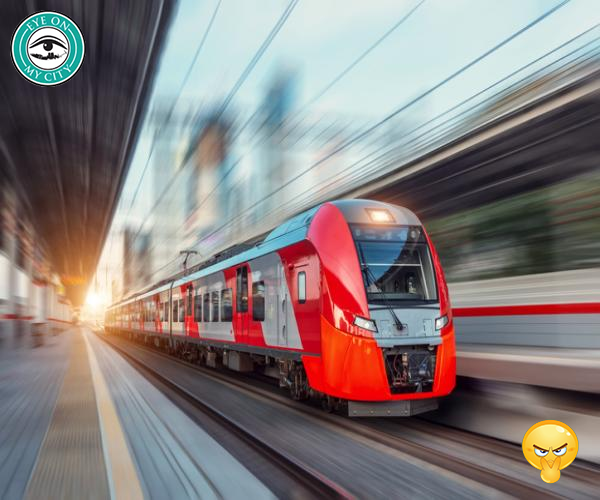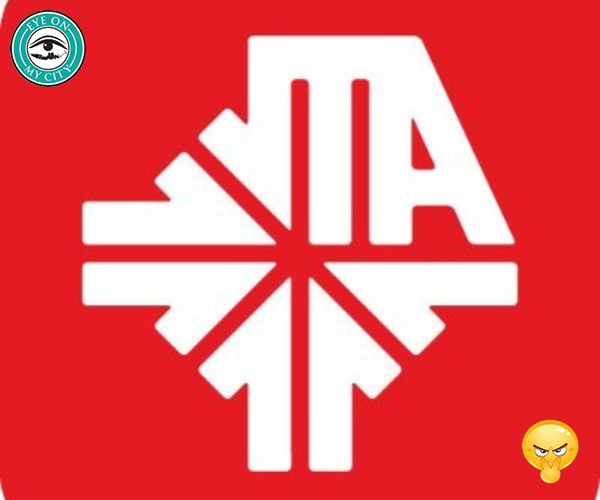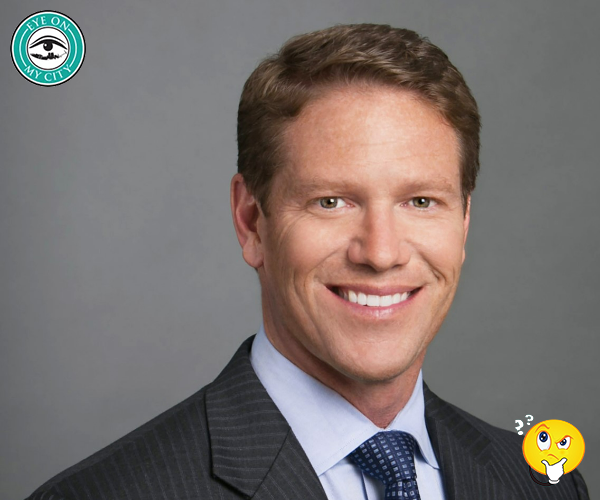In 1985, the Jacksonville Transportation Authority (JTA) received more than $23 million from the federal government to build the Skyway Express. City Council had worked hard to get this grant.
From 2009 to 2016 Duval taxpayers subsidized the Skyway by more than $90 million. They also subsidized JTA by an additional $560 million in that same period, mostly for its bus operation.
Now, JTA wants to partner with St. Augustine to build a light rail system connecting it to Jacksonville.
On July 11, Richard Clark, director of economic development for JTA, gave a presentation to the city commissioners of St. Augustine. The presentation highlighted a light rail project to connect Jacksonville and St. Augustine with four rail station locations.
Clark cited Florida’s Sunrail and Minnesota’s Northstar as comparable lines saying they are incredibly successful. Both these rail lines have fallen short of initial ridership estimates and have been more costly than anticipated.
Which definition of success is he referring to? To gain something, the achievement of something planned or desired? If the plan is bankruptcy, he might be spot on!
Sunrail was subsidized by taxpayers for more than $39 million in 2019
Northstar is no different, Minnesota taxpayers shell out approximately $20 for every rider. Former engineering professor at the University of Minnesota David Levinson, criticized the Northstar’s initial estimates of benefit/cost as “strategic misrepresentation.”
The line has become so costly that last year Minnesota state representative Jon Koznick introduced a bill to terminate the line. However, federal dollars always come with strings; Minnesota would owe the Department of Transportation $85 million if it were terminated.
How are these ever-increasing subsidies sustainable for the taxpayer, especially taxpayers on a fixed budget?
During the presentation one of the commissioners asked Clark what the maintenance and operating costs might be. Great question, and one that all our elected officials should ask before obligating taxpayers. Clark stated the project is yet to begin, so that question cannot be answered.
We never have heard of a government plan that had no cost estimates, even though they might be preposterous.
Perhaps the commission should take a close look at the initial plans and actual outcomes for the rail lines Clark cited as successful.
Mass transit depends on population density for success. New York City has 27,000 people per square mile. Orlando, where Sunrail operates, has 2,700.
Compare that to St. Johns County, which has 455 people per square mile. Duval County has 1,305 people per square mile.
How much money spent is too much? At what point do we begin to question the billions spent annually to subsidize the transit industry? Are these subsidies sustainable?
It is called a cost/benefit ratio. Any business would make the calculation before putting a plan into effect.










